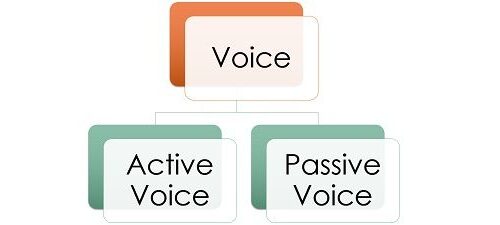Arguments over the use of ‘which’ and ‘that’ are endemic. This is due to the differences between British English and American English; British English is less proscriptive and—in some styles—allows writers freedom to choose as they please, while American English regularly undertakes ‘which hunts’ to root out the ‘whiches’ doing the work of ‘that’. In this matter, Australian English tends to align with American English rather than British. Distinguishing when to use ‘which’ or ‘that’ is thus essential in academic writing.
On our YouTube channel, you can watch a video of Dr Lisa Lines explaining how to use which and that.
When to Use
The general rule of thumb is to use ‘that’ before a relative restrictive clause and ‘which’ before a relative non-restrictive clause. Of course, implementing this rule requires a solid understanding of the difference between those two types of clauses.
A relative restrictive clause defines [the relevant] noun; a non-restrictive one merely describes it, by adding some additional, but inessential information about it. A restrictive (or defining) relative pronoun delays a clause essential to the meaning you want the word so modified to make; it aims to restrict the meaning that a noun would have on its own. (Tredinnick 2008, 72)
A restrictive clause changes the meaning of a sentence by modifying—or restricting—the sentence’s subject (typically a noun), while a non-restrictive clause merely adds additional information to the sentence.
Understanding the Difference in Meaning
The Style Manual (2010, 75) presents the following examples in its discussion on ‘which versus that’:
|
|||||||||
Note that ‘which’ is usually proceeded by a comma (or a parenthesis or em dash) when introducing non-restrictive clauses. This is because non-restrictive clauses are typically set off from sentences with said punctuation marks.
In Academic Writing
The rules are the same for academic writing, even though the language is more complex; use ‘that’ before a restrictive clause and ‘which’ before a non-restrictive clause:
| The results, which are displayed Table 3, are indicative of …
|
Non-restrictive
i.e. all the results are displayed in Table 3. |
| From the results that are displayed in Table 4, it can be concluded … | Restrictive
i.e. the results, but only the results displayed in Table 4. |




